A new material platform has enabled scientists to create photon pairs whose entanglement can be tuned from a layer thinner than a human hair.
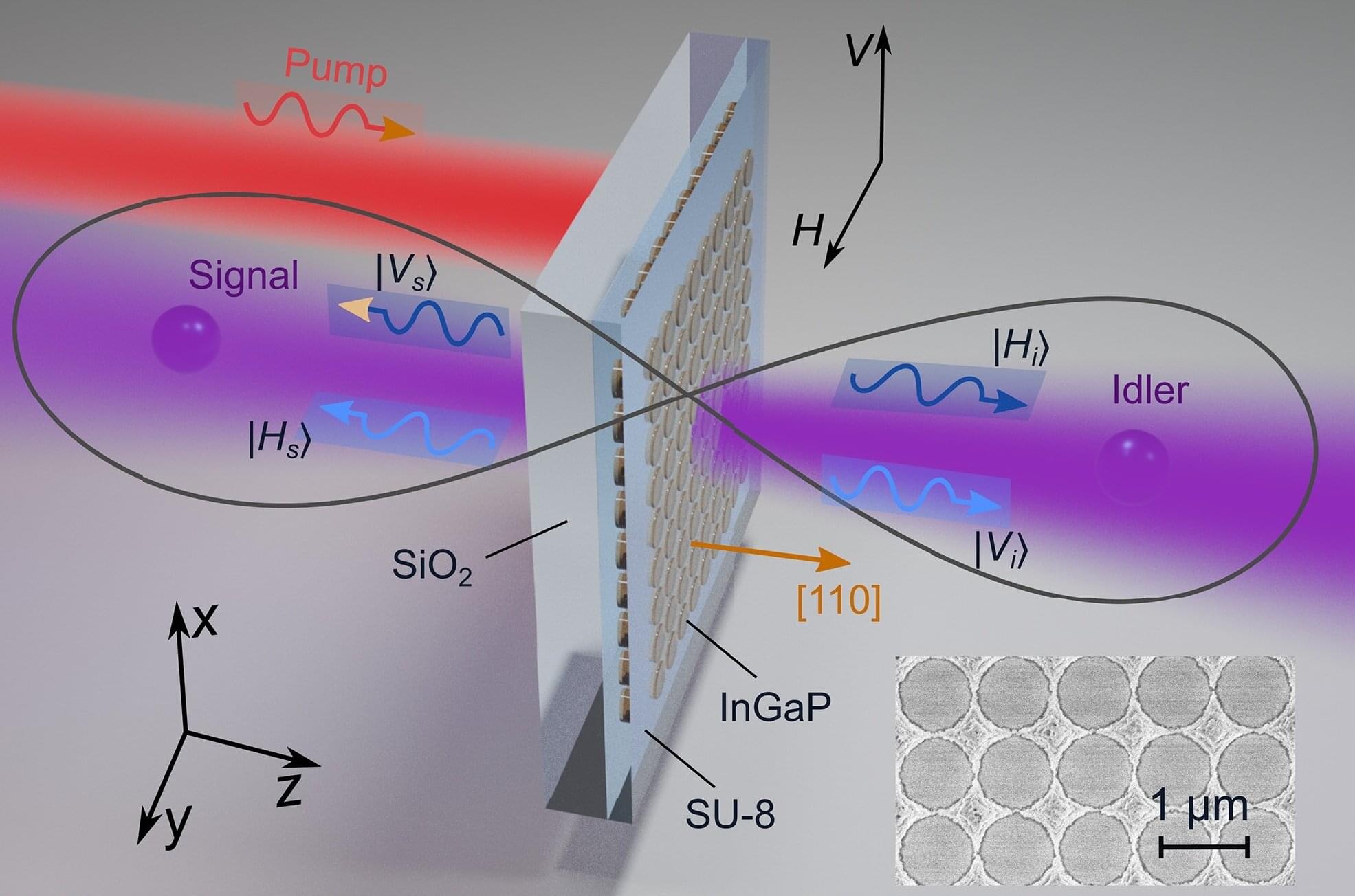


Teeth may seem like static fixtures, but a new collaboration between engineers and clinicians is proving just how dynamic, informative and medically significant our teeth can be.
In a study, published in ACS Applied Materials & Interfaces, engineers and dentists come together to uncover how teeth, as biological material, hold key information for understanding rare craniofacial disorders that develop during childhood.
Kyle Vining, Assistant Professor in Materials Science and Engineering (MSE) and in Preventive and Restorative Science at Penn Dental Medicine, leads this interdisciplinary team, which includes Yuchen (Tracy) Jiang, a former master’s student in MSE, Kei Katsura, a pediatric dentist and KL2 postdoctoral research scholar at Children’s Hospital of Philadelphia (CHOP) and the Institute of Translational Medicine and Therapeutics at Penn, and Elizabeth Bhoj, Assistant Professor of Pediatrics in Penn Medicine and the Division of Human Genetics at CHOP.
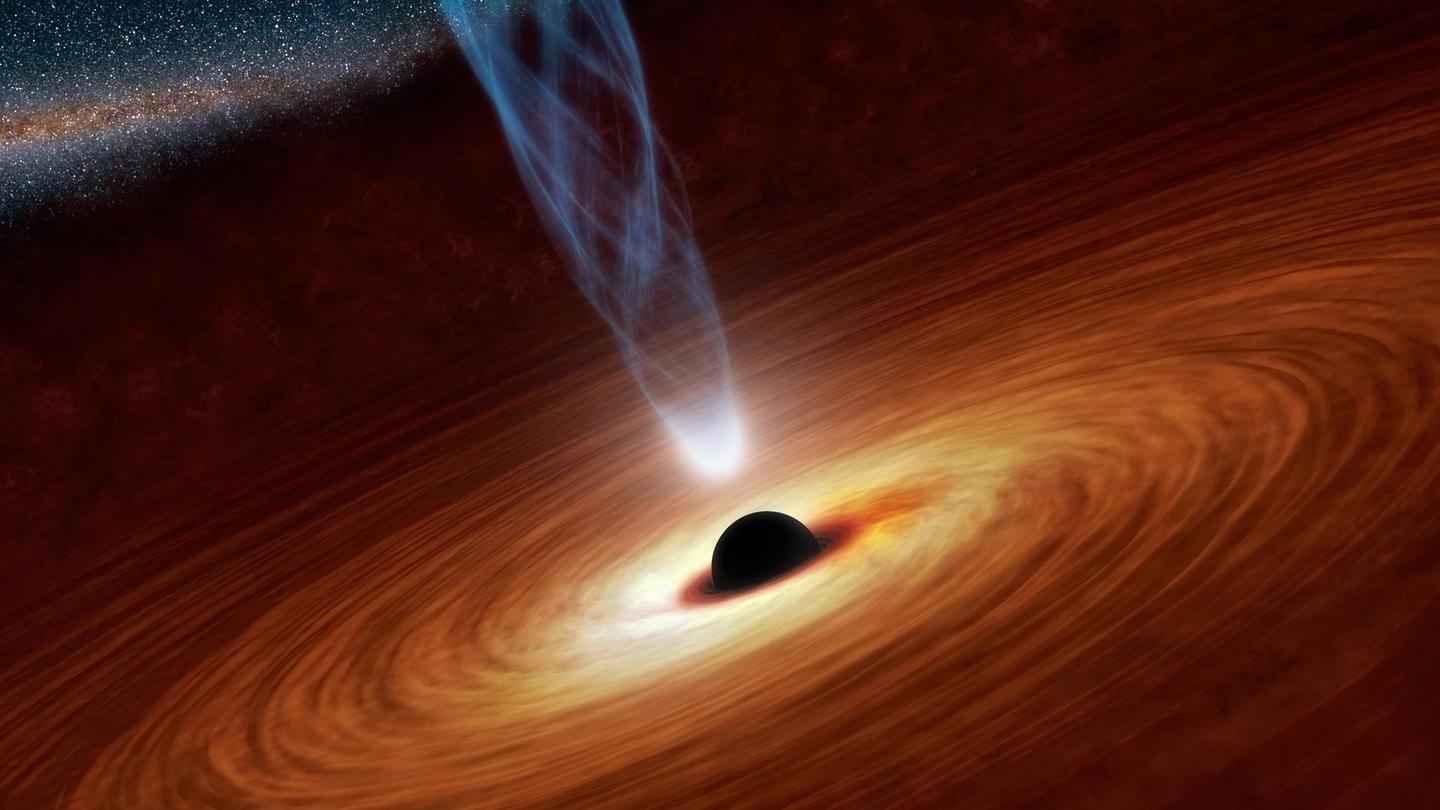
Instead of a tempest in a teapot, imagine the cosmos in a canister. Scientists have performed experiments using nested, spinning cylinders to confirm that an uneven wobble in a ring of electrically conductive fluid like liquid metal or plasma causes particles on the inside of the ring to drift inward. Since revolving rings of plasma also occur around stars and black holes, these new findings imply that the wobbles can cause matter in those rings to fall toward the central mass and form planets.
The scientists found that the wobble could grow in a new, unexpected way. Researchers already knew that wobbles could grow from the interaction between plasma and magnetic fields in a gravitational field. But these new results show that wobbles can more easily arise in a region between two jets of fluid with different velocities, an area known as a free shear layer.
“This finding shows that the wobble might occur more often throughout the universe than we expected, potentially being responsible for the formation of more solar systems than once thought,” said Yin Wang, a staff research physicist at the U.S. Department of Energy’s (DOE) Princeton Plasma Physics Laboratory (PPPL) and lead author of the paper reporting the results in Physical Review Letters. “It’s an important insight into the formation of planets throughout the cosmos.”

Researchers have developed a technique that significantly improves the performance of large language models without increasing the computational power necessary to fine-tune the models. The researchers demonstrated that their technique improves the performance of these models over previous techniques in tasks including commonsense reasoning, arithmetic reasoning, instruction following, code generation, and visual recognition.
Large language models are artificial intelligence systems that are pretrained on huge data sets. After pretraining, these models predict which words should follow each other in order to respond to user queries. However, the nonspecific nature of pretraining means that there is ample room for improvement with these models when the user queries are focused on specific topics, such as when a user requests the model to answer a math question or to write computer code.
“In order to improve a model’s ability to perform more specific tasks, you need to fine-tune the model,” says Tianfu Wu, co-corresponding author of a paper on the work and an associate professor of computer engineering at North Carolina State University.
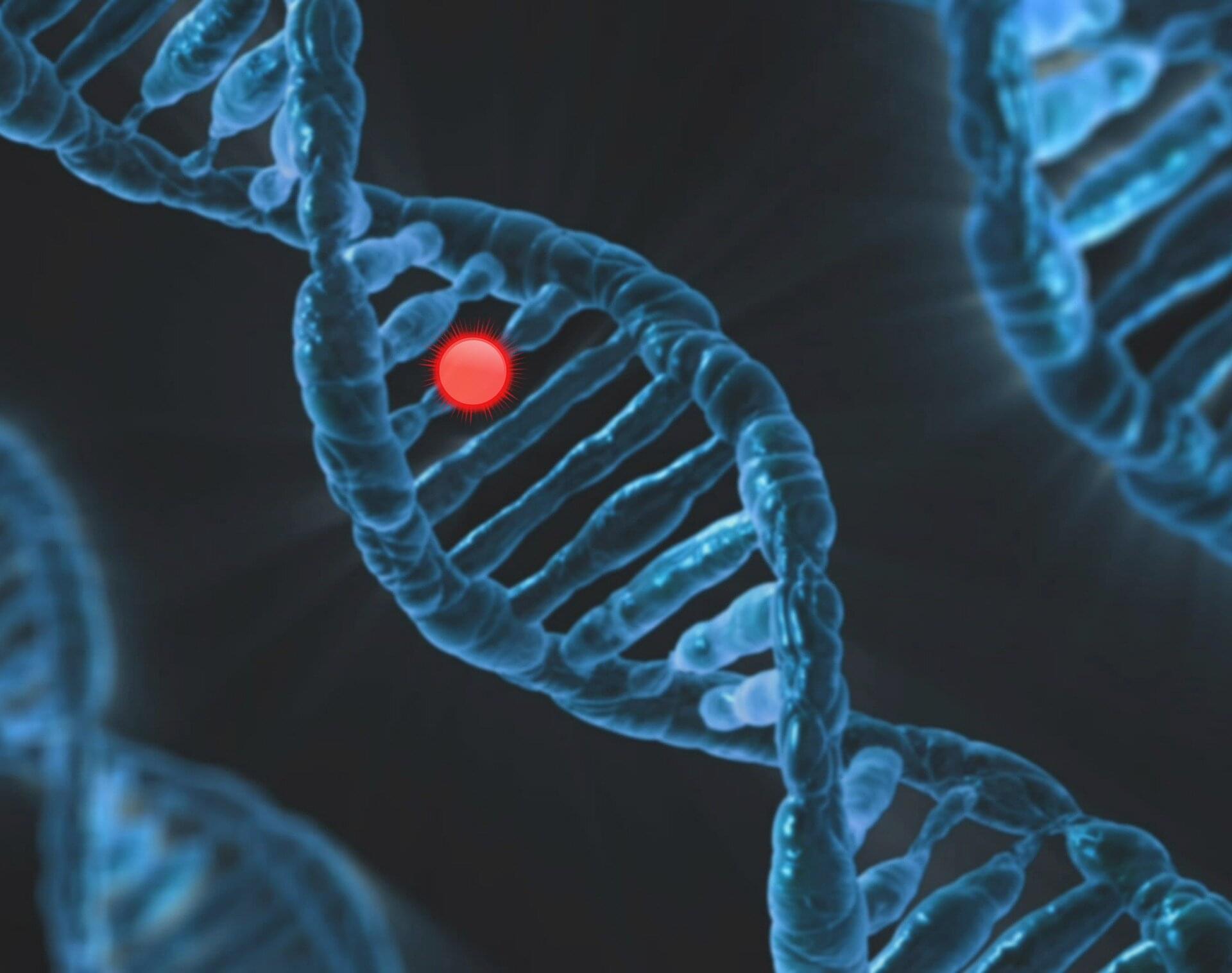
Vitamin D is not only an essential nutrient, but also the precursor of the hormone calcitriol, indispensable for health. It regulates the uptake of phosphate and calcium necessary for bones by the intestines, as well as cell growth and the proper function of muscles, nerve cells, and the immune system.
Now, researchers have shown for the first time in Frontiers in Endocrinology that a particular gene called SDR42E1 is crucial for taking up vitamin D from the gut and further metabolizing it—a discovery with many possible applications in precision medicine, including cancer therapy.
“Here we show that blocking or inhibiting SDR42E1 may selectively stop the growth of cancer cells,” said Dr. Georges Nemer, a professor and associate dean for research at the University College of Health and Life Sciences at Hamad Bin Khalifa University in Qatar, and the study’s corresponding author.

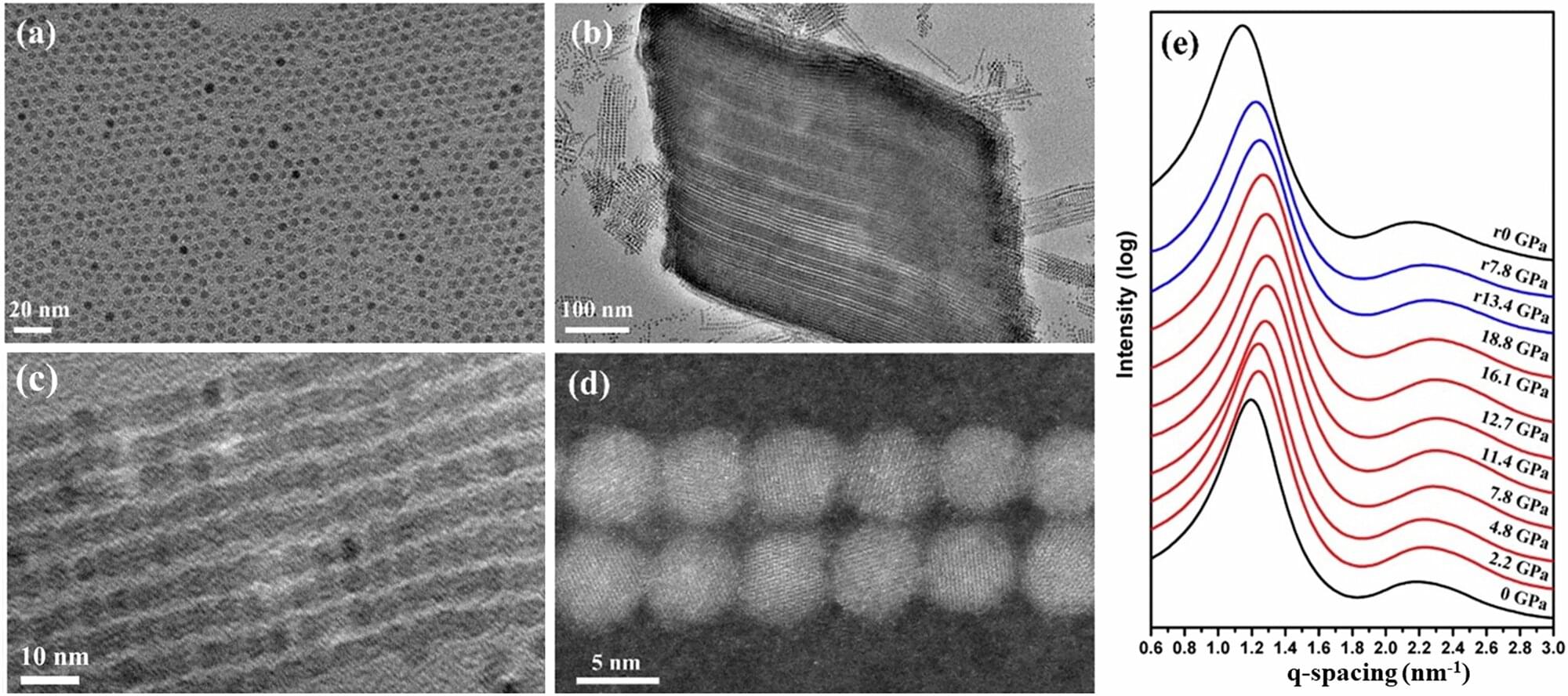
Researchers at The University of Texas at Arlington have discovered a surprising new type of magnetic property that could lead to stronger magnets made from tiny particles of common iron oxide. This finding could enhance the performance of everyday technologies while reducing the need for rare-earth metals—materials that are more costly, less sustainable and harder to obtain.
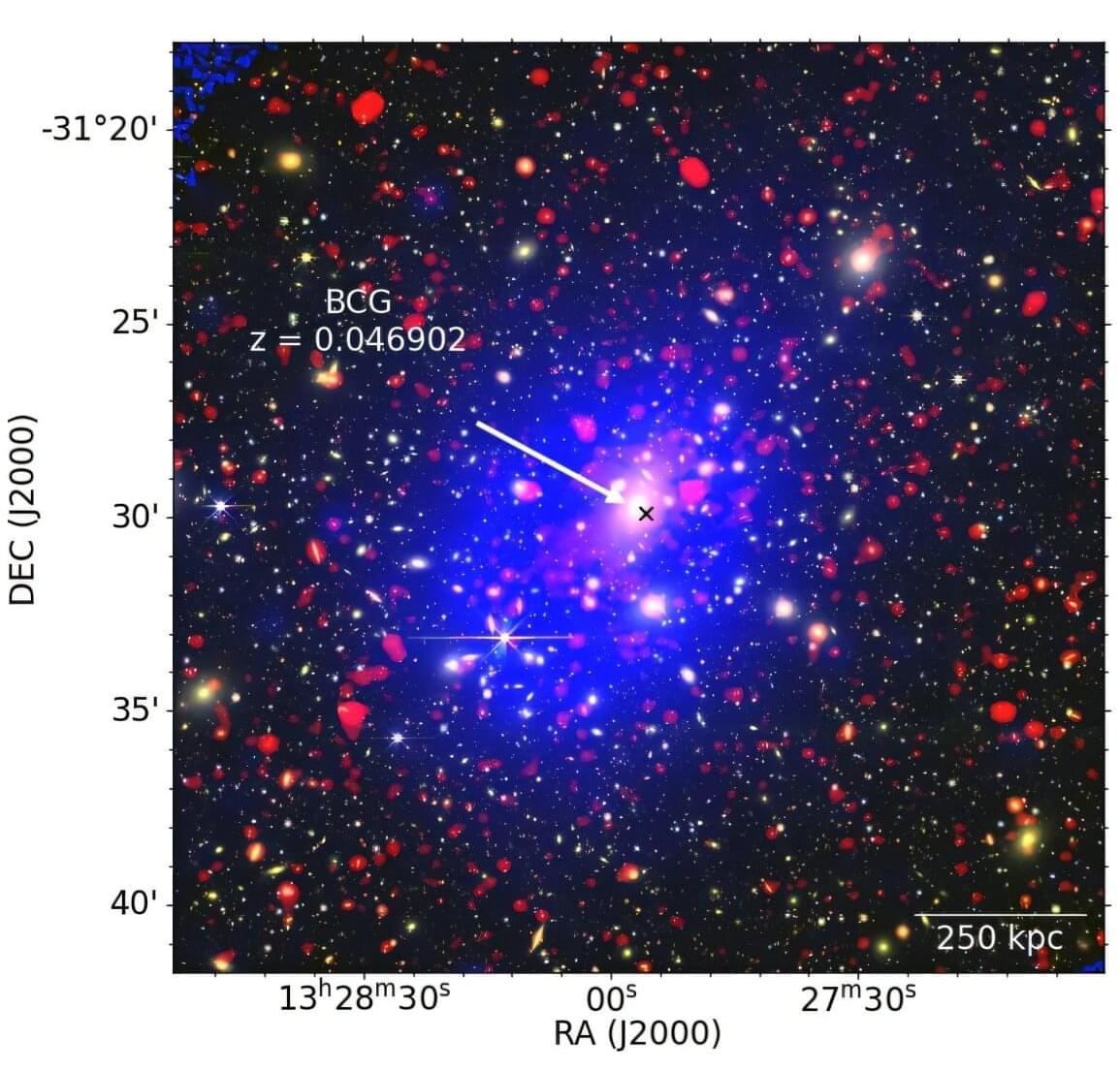
An international team of astronomers has performed multi-band radio observations of diffuse radio emission in a galaxy cluster known as Abell 3558. As a result, the observational campaign detected that the cluster hosts a peculiar mini-halo. The finding was detailed in a paper published July 10 on the arXiv preprint server.
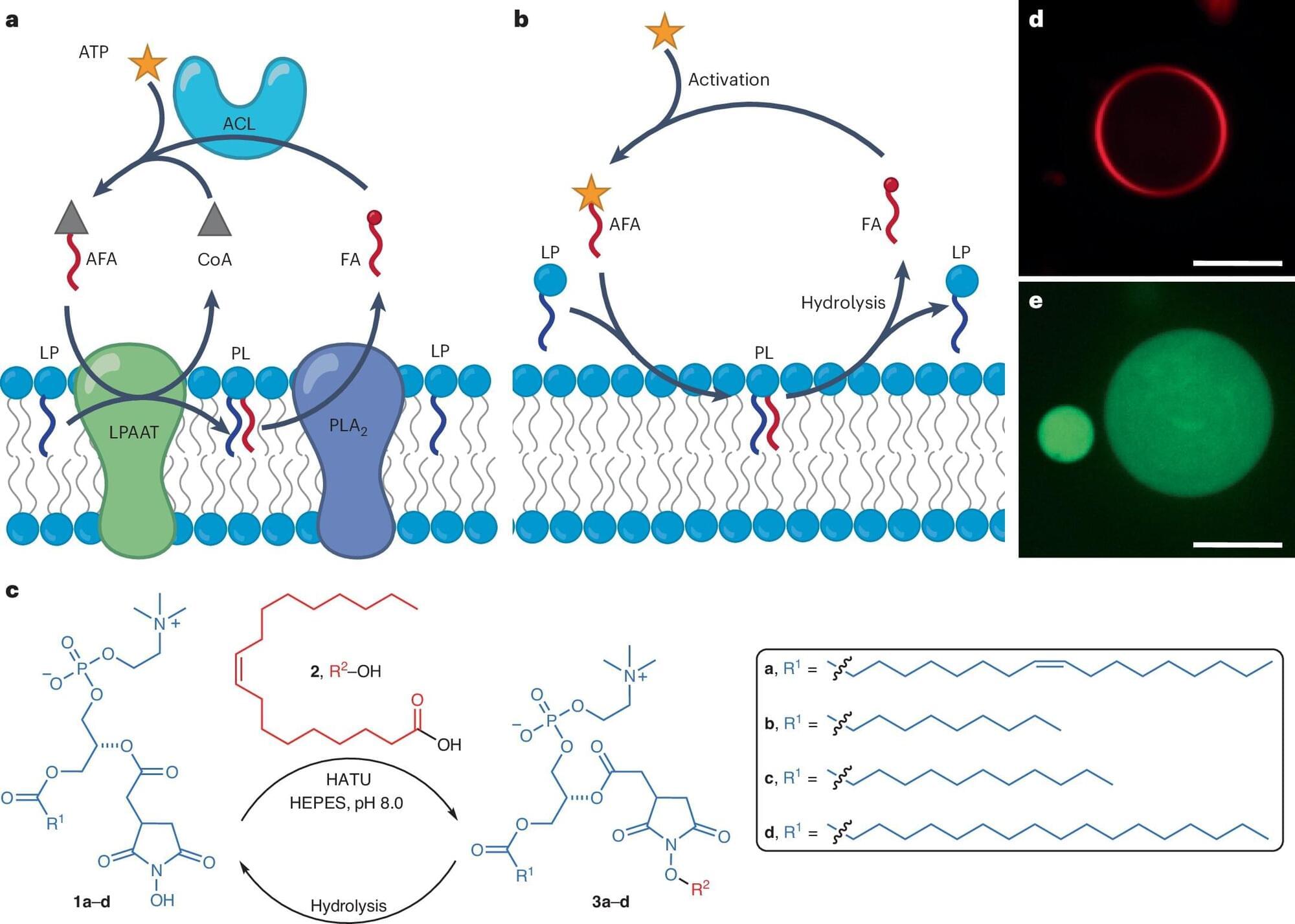
At some point during the evolution of life on Earth, inorganic matter became organic, nonliving matter became living. How this happened is one of humankind’s greatest mysteries. Today, scientists work to develop synthetic cells that mimic living cells, hoping to uncover clues that will help answer the question: how did life on Earth begin?
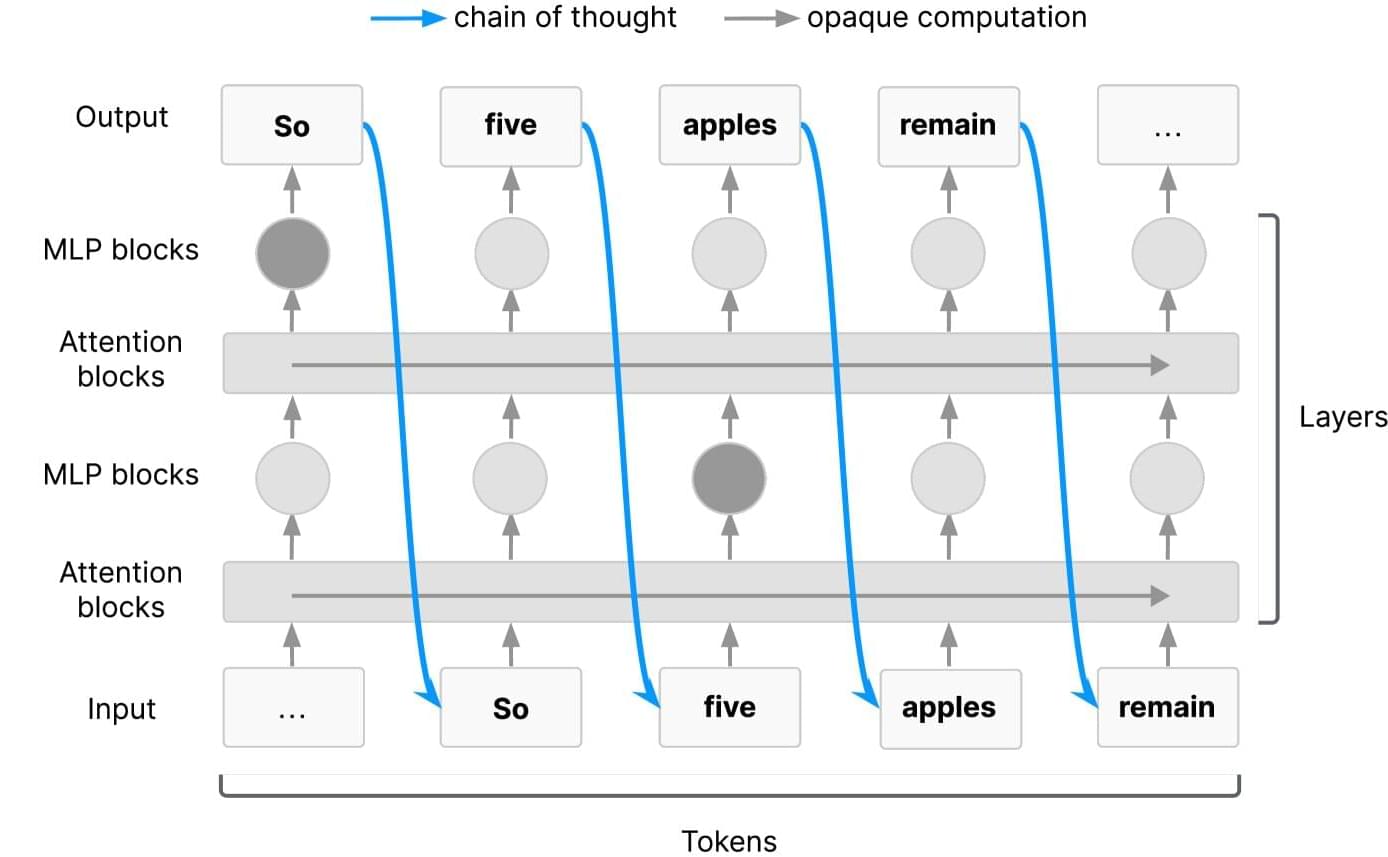
Artificial intelligence is advancing at a dizzying speed. Like many new technologies, it offers significant benefits but also poses safety risks. Recognizing the potential dangers, leading researchers from Google DeepMind, OpenAI, Meta, Anthropic and a coalition of companies and nonprofit groups have come together to call for more to be done to monitor how AI systems “think.”